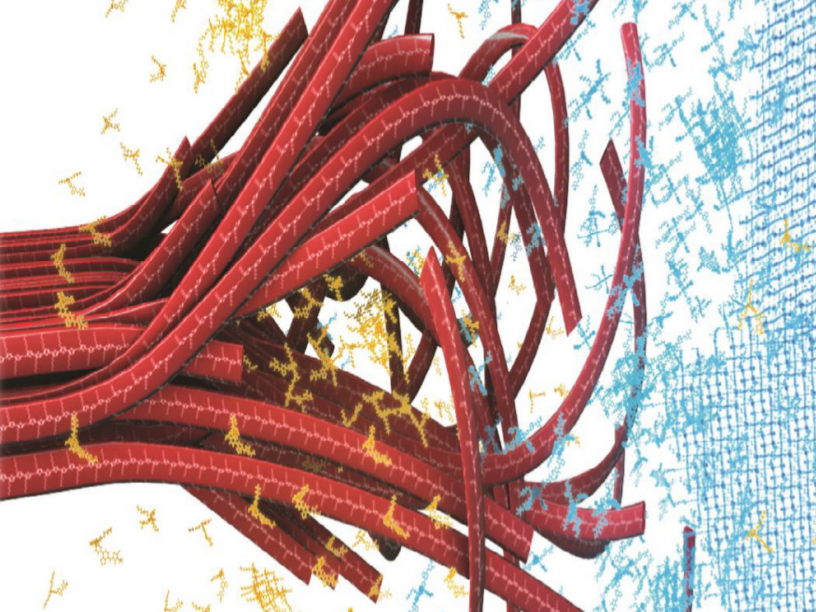Derya’s paper on reducing the efficiency – stability – cost gap in Nature Materials
Derya’s paper on reducing the efficiency – stability – cost gap of organic solar cells with ternary molecular acceptors got printed in Nature Materials.
Non-fullerene acceptors have been demonstrated as a promising strategy for highly efficient and stable solar cells. In this manuscript, a ternary approach of two non-fullerene acceptors was combined with both a scalable and affordable donor polymer, poly(3-hexylthiophene) (P3HT). The addition of these two strongly absorbing small molecule acceptor into a P3HT-based non-fullerene blend increases the device efficiency up to 7.7 ± 0.1% without any solvent additives. Studying the transport properties of these composites we find strongly reduced charge recombination, probably due to the formation of a complex microstructure with highly crystalline interfaces. The stability of these P3HT-based devices in ambient conditions was found to be significantly improved relative to polymer:fullerene devices. Overall, these findings underpin the technological relevance of P3HT and may bring a second life to this most studied conjugated polymer for photovoltaic applications.

